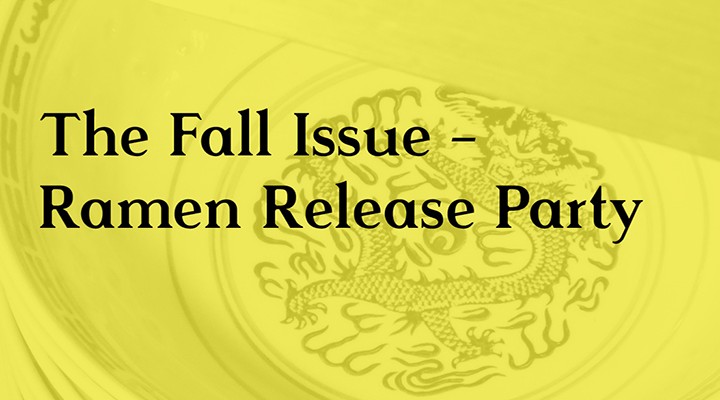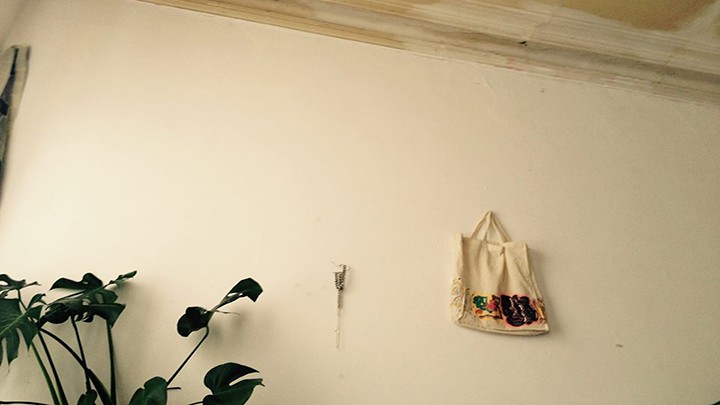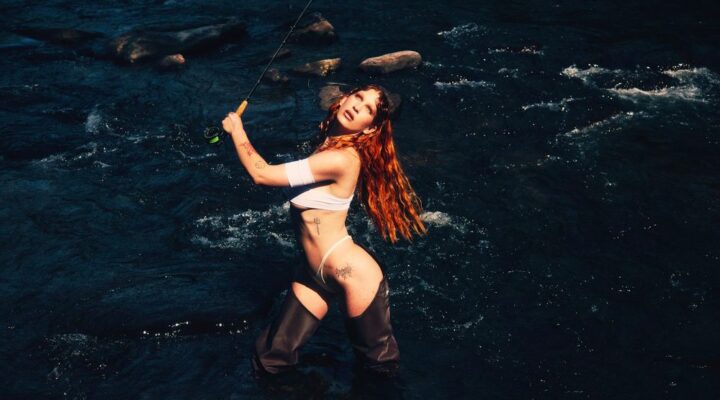Colin Stetson
Interview by Mateusz Mondalski
Illustrations by Menah
Last Friday we caught up with the great Colin Stetson, the American jazz maverick in the area of the clarinet and his secret weapon – the bass sax. Over the years the Ann Arbour native has built up an astounding list of collaborators including Tom Waits, Lou Reed and Arcade Fire. Here’s what Colin had to share ahead of his show on Friday, 9 September, at Amsterdam’s Muziekgebouw aan ‘t IJ presented by The Rest Is Noise.
You’re speaking from Vermont. Can you describe your immediate surroundings?
It’s profoundly beautiful, we’re surrounded by mountains and hundreds of acres of woods. There’s also a river which you can maybe hear.
Right, I do hear something simmering in the background.
Yeah, and it’s a really nice sunny day with a cool breeze. It’s like the most perfect summer day that you can imagine.
It’s like making friends. I actively seek not to work with people who I don’t find personally favourable.
What have you been up to recently?
I just finished a really short tour where I did duo shows with Sarah Neufeld. I also performed with my new band Ex Eye at the Eaux Claires Festival in Wisconsin. Apart from that I’ve been working on a lot of new stuff in the studio including solo records.
How did you meet Sarah Neufeld, who is also your wife?
Sarah and I have been married for close to eleven years now. I met her at a show where Bell Orchestre was playing and I was also on that bill. We’ve been working in different configurations – some with Arcade Fire and Bell Orchestre. She’s collaborated with bands of mine like The Sway Machinery and the duo was something we’ve been wanting to do for years. We found this window to write together and record once I had finished touring with Bon Iver as she did with Arcade Fire. Never Were The Way She Was is the fruit of that labour.
As husband and wife do you approach each other in a different way than you normally would towards other artists – in a more strict or forgiving way?
We haven’t really had that many issues working together. We’re just honest with each other so that can lead to the same sort of conflict as it does in any musical collaboration where people are open about their opinions and desires. When we have an idea that maybe initially doesn’t fly with the other, it doesn’t take much time for us to get on the same page.
You work with a wide array of people. How do you make these choices? Does it happen organically or do you need a lot of time to build trust?
It’s like making friends. I actively seek not to work with people who I don’t find personally favourable. It’s your life, you don’t have much of it. You’re talking about spending a lot of time together, making art that’s important to you on a visceral and fundamental level. They should be people you believe in and you wanna hold them up like you would a friend.
The bass sax certainly asks for the most physical strength and endurance.
I’ve been listening to Sorrow – your interpretation of Henryk Górecki’s third symphony. You first heard it at the conservatory many years ago. What qualities of that symphony made you revisit it after such a long time?
I’ve been thinking about this arrangement for almost a couple of decades. It was a confluence of different circumstances all lining up in the right way. After touring for many years I’ve been trying to make more time for creation to prioritize projects that I’ve always wanted to complete. Judd Greenstein, who runs a festival in New York called Ecstatic, asked me if there’s anything I want to do about Górecki as they were doing a tribute to him so this became the perfect instigation. I brought together a group of people that I’ve been working with forever and some that I’ve just met recently. We played and it went really well and everyone enjoyed it. So I decided to continue with that momentum.
The right people coming together at the right time.
Exactly. Sarah and I were obviously working on it from the gecko. My sister and I have been talking about it since the nineties so she was always on board. Matt Bauder and Dan Bennett are two saxophone players I’ve known since high school. They were perfect for that. So it was this perfect group of players – not picked for their instruments but for the way they play.
Mostly get ready for the performance of my sister Megan Stetson who reliably destroys every audience in front of her.
Among the clarinet and several types of saxophones you play there’s the bass sax. It seems like an instrument asking for the most physical agility.
The bass sax certainly asks for the most physical strength and endurance. It takes exponentially more air than any other instrument. Your fingers and hands, everything about it is just more work-intensive.
What should we expect from your show at Muziekgebouw?
We’ll be performing the symphony in it’s entirety and it’s the same ensemble that performed on the record. It’s a gorgeous piece of music and we’ve done everything in our power to honour it and to bring out certain elements and modify them in a way that I feel is in tune with my musical experience. Mostly get ready for the performance of my sister Megan Stetson who reliably destroys every audience in front of her.
Colin Stetson will perform the reimagining of Górecki’s third symphony at Muziekgebouw aan ‘t IJ, Amsterdam on Friday, 9 September, presented by The Rest Is Noise.




